10條建議,讓你成為更好的藝術家!
10 Top Tips To Become a Better Artist !To become a better artist takes years of dedication, passion, energy and time. There are no short cuts but here are some art tips to send you in the right direction. I hope you enjoy what I have wrote here and look forward to the community’s response.
成為一個藝術家,需要持之以恆的努力和源源不斷的激情,沒有捷徑可循。這裡的10條建議,僅能給你指明一個方向而已。
Tip 1: Learn the Importance of the Sketch
1,速寫,或者說畫草圖,很重要。
Sketching is one of those things that every artist MUST do and do often. Sketches don’t have to be perfect, nor do you have to show them to anyone. They can be as rough or as scratchy as you like but the thing to keep in mind is it’s readability. The purpose of a sketch is to quickly illustrate or develop an idea you have, to capture or study some form of reference so that it can be worked on at a latter date. Because of this, the sketch only needs to convey the right information to you and you alone (unless you are drawing an idea out for a client then the message needs to be crystal clear).
速寫,每個藝術家都要必須,而且經常做。速寫,沒有必要追求完美,也沒有必要展示給別人,速寫的目的是快速記錄你的想法。學習和研究你的參考對象,記住你的速寫就像一本筆記,記錄你需要的信息。
Tip 2: Draw, Draw and Draw Some More!
2,畫,不停的畫
This is a similar tip to the first but what I mean by this is draw anything that comes to mind or visually interests you. Sketch on the bus, train, in bed and even on the toilet. Seriously! The more you draw from your mind and from reference, the better you will become and the quicker your skills will develop. Take the time to doodle lots of different subjects and in lots of different environments as this will all help build up a mental cataloge of images to draw upon latter when you may become stuck for ideas or inspiration.
畫,不分地點,時間,畫不同的物體,畫你不熟悉的東西。你畫的越多,你就變的越厲害。
Tip 3: Build a Reference Library
3,建立你自己的博物館
This is a great tip that I learned from years back. As you begin to fill sketch books with illustrations of ideas and reference material, you should build up that stack of books with more books. By this I mean buying art books, books on clothing, guns, tanks, other cultures, animals etc. The list of what you should look into is endless and should extend beyond your general interests. But it mustn’t stop there. You should also collect images off of the internet and save them to your computer and organize them correctly. Take photos of things you see if you don’t have time to sketch them. The purpose is to have a nice big collection of images that inspire you, inflame your imagination and, more specifically, if you need to draw something right, having the material there to draw from will add realism and clarity to your work.
其實應該是圖書館,不過很多時候,你需要的不僅僅是書,有的時候是模型,玩具,或者其他道具,當然這裡主要討論書,你需要3種書,教科書,其他人的,或者電影,遊戲的作品集,最重要的是參考書,所謂參考書,應該類似國家地理,時尚雜誌,百科全書,各種各樣的東西的照片集,看它們的說明,研究它們是如何工作的 。
Tip 4: Explore Different Mediums
4,體驗不同的畫材
This is when you take an idea from sketch to final painting. Exploring other methods of creating that end piece can really yield some unexpected results and challenge you to push yourself further into new situations. Playing with different types of paints such as oil, acrylic, water colour or gouache are the options most people would suggest trying, but there is more than experimenting with these. You could try air brushing, pastels, using charcoal or taking the leap into the digital realm. All these different mediums have their strengths that you can harness but you will never know them unless you try them out.
把你的草稿,進一步變成作品的時候,你要嘗試,油畫,丙烯,水彩,彩色鉛筆,彩色粉筆,馬克筆,鋼筆,很多很多,它們會給你驚喜的,不要只是用你的photoshop和手寫板。
Tip 5: Learn Some Colour Theory (At Least)
5,學顏色理論
This is a big one. Colour theory is a massive, massive subject and I can’t do it justice here. What I would strongly suggest is investing time and money in a good colour theory book and learn from that. Even learning only a little bit, will help your work massivley. The more you push yourself to learn, the better and better you will become.
色彩論,真的很複雜,至少你要知道色相,彩度,明度的關係,基本的色環,知道空氣透視法,知道近的物體,對比度高,遠的物體,對比降低之類的。
Tip 6: Play With Perspective
6,透視,我個人覺得透視的正確與否,是一幅畫成功與否的關鍵。
Now, by this I don’t mean completely bend the fabric of reality or attempt to mimic the works of M C Esher (but looking at his work couldn’t hurt). No! What I mean is take the time to learn about vanishing points, 2 point and 3 point perspectives and how to create objects in three dimensions correctly. As this is just a tip, I’m not going to go into the details here but there are numerous books and places on the web that cover this important area. Learning the rules of perception will open up the possibilities of what you can draw and will broaden your artistic horizons greatly.
Tip 7: Hunt Down Your Artistic Weaknesses & Destroy Them!
7,找到你的弱點,擊破它。
I was told this by an incredibly exceptional artist called Chet Zar. This tip is something you should approach regularly and be really tough and honest with your self. By knowing what your not good at artistically and making a conscious effort to attack it (them, could be lots of things), will enable you to systematically grow. For instance, if you draw a lot of humans but avoid drawing feet because you know your not that good at it, set aside time to draw lots of feet, over and over again until they look right (just be sure not to get a foot fetish). This links to a previous tip I did of Draw, Draw and Draw Some More! Drawing things that you don’t draw often or at all will increase your repertoire and will enable you to paint and illustrate more complex pictures.
Tip 8: Ask For Help & Critiques
8,尋求幫助和批評
I heard this one from numerous sources and I have to say that this is something you don’t have to do all the time. Joining online art communities and forums will give you access to professionals who do know their stuff and can really help you improve, but having thick skin is advised. At one point or another, you will get some harsh and unfair comments but that is the risk of being an artist who puts art out for viewer consumption. Never be afraid to ask for help.
Tip 9: Develop an Original Style
9,探索你的個人風格
Ah, a real tough one this as developing your own style takes time and experimentation. By exploring lots of little different mediums and genres, you’ll soon get to know what you like and how you like to do things. Over time, by doing things the way you want and in the subconscious way you approach a painting, a style will emerge that will be recognizable and more importantly, it will be your style.
Tip 10: Learn to Accept Failure as a Positive Thing.
10,學會接受失敗,而且是積極的接受它,找到,失敗給你的提示。
Possibly one of the most important lessons an artist (or almost any professional) can learn. Not every picture you create will come out looking the way you wanted it too and the same goes with any experiment to try out. There is no such thing as a bad result… there are just results. Learning to take something positive out of everything you do will change the way you look at you next piece and how you approach it. If something doesn’t work or you don’t like it, don’t do it again or use it as a bench mark to launch yourself from in your next piece.
So, I hope that that is enough information to digest and apply into practice
So,我忘記這個筆記是轉自哪裡了,在此衷心感謝這篇文章的作者。
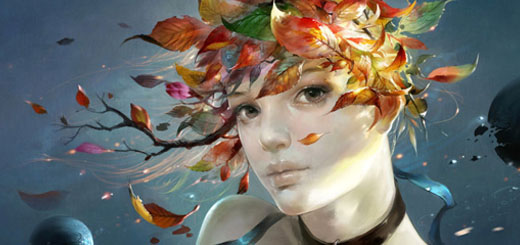


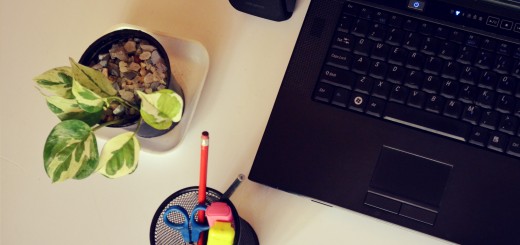




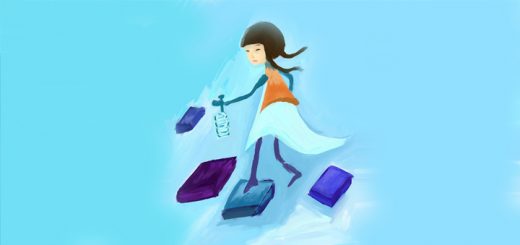

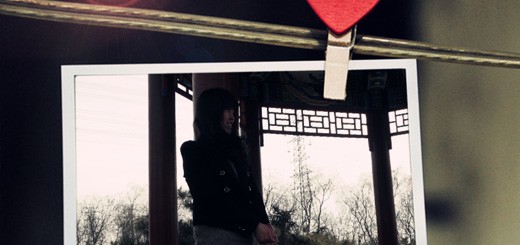









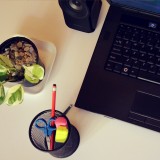

近期評論